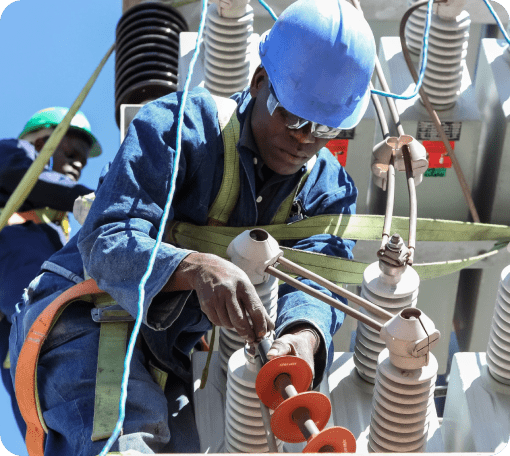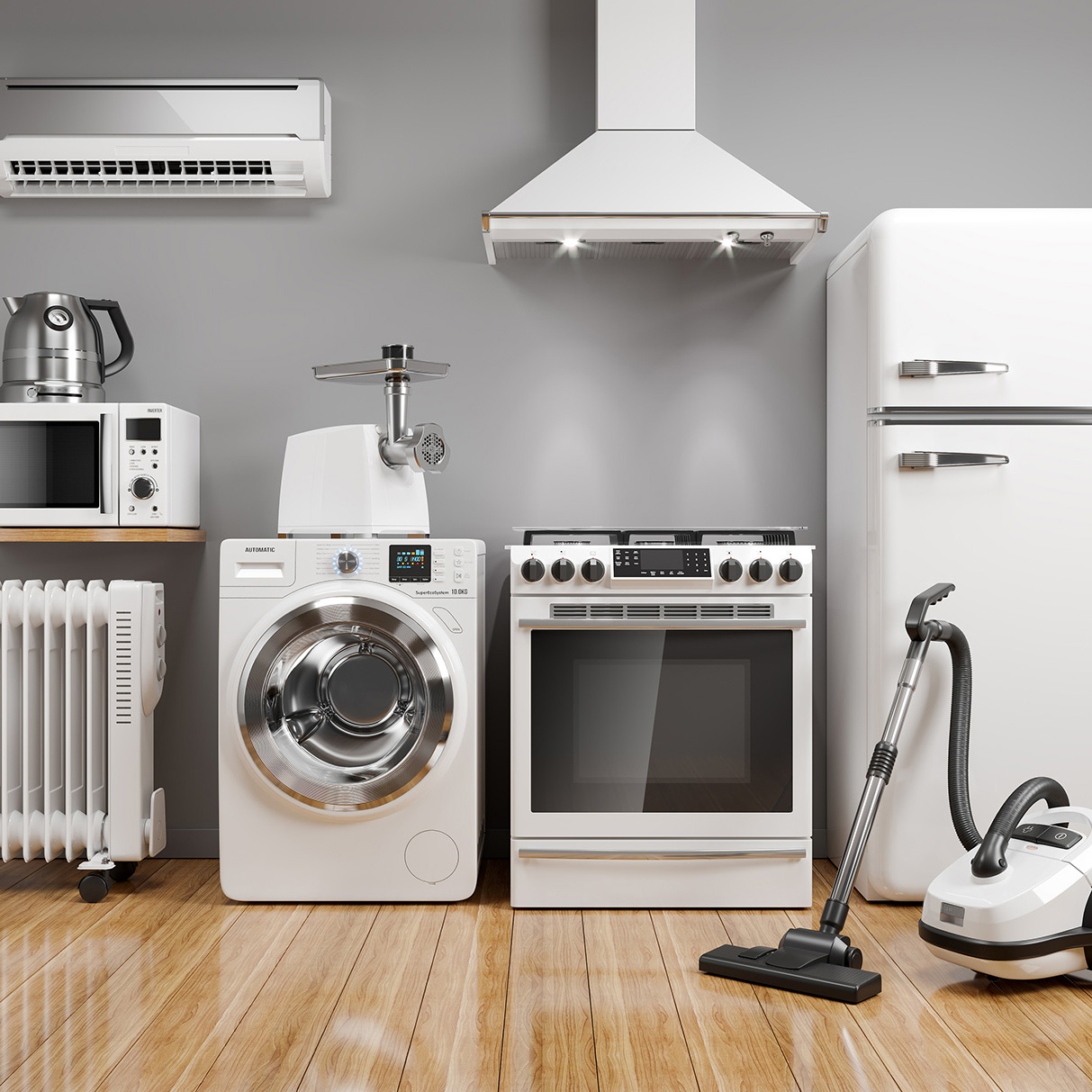

Elevate energy efficiency in personal, organizational and global agendas - a clear narrative that supports progress, convening partners, matching solution offers and advocating for energy efficiency





Help the planet, help your wallet!
Check out the easy energy efficiency actions below. Then make a pledge to action.
Energy conservation
Using less services to use less energy and is often a behavioral change. Examples of energy conservation includes turning the light off, even if light is needed, or by dimming the lights below the lighting lumens needed for the productive use or need for illumination.
Energy sufficiency
Having the energy service you need without additional energy, typically by design. Examples include using natural daylight instead of an electrical light and turning the lights off when you don’t need them.
Energy productivity
Gaining more service (or productive use) from the same amount of energy. Examples include providing more lumens of light with the same amount of energy.
Renewable energy
Energy that is climate friendly and long term viable (sustainable) from renewable resources, ideally from multiple sources that can support hourly and seasonal variation in energy demand. Examples include small- or large-scale biofuels, geothermal, hydro, solar and wind energy sources
Using less energy for the same service, typically by design. Examples include having a lightbulb that uses less energy to provide the same light service & having sensors and smart switches that turn the light off when you don’t need additional light.
The term multiple benefits aims to capture a reality that is often overlooked: investment in energy efficiency can provide many different benefits to many different stakeholders.


Whether you are a student, professional, policy maker or just someone interested in energy efficiency, there are training resources available from our partners on a range of topics and for a range of sectors.
Learn more